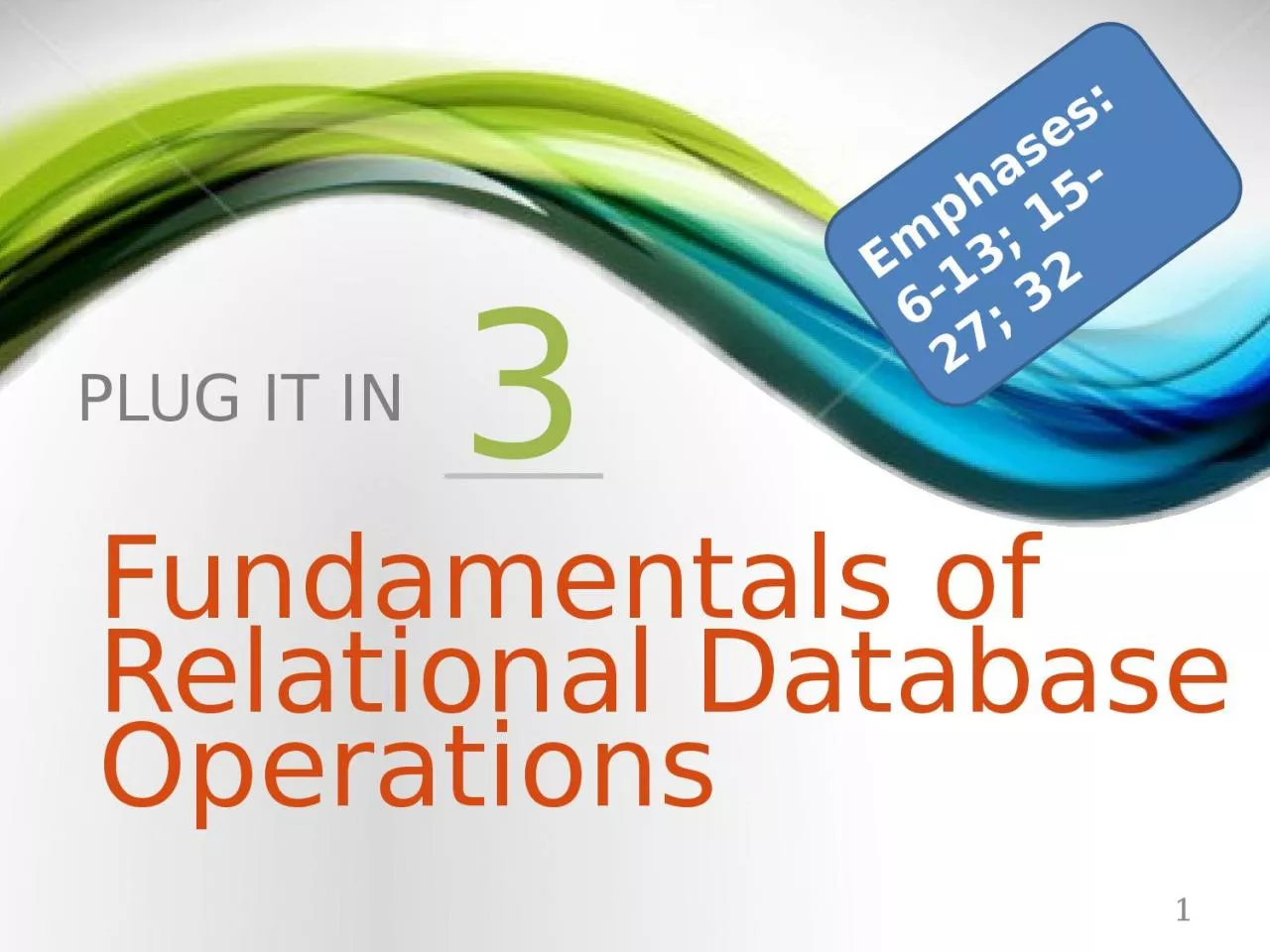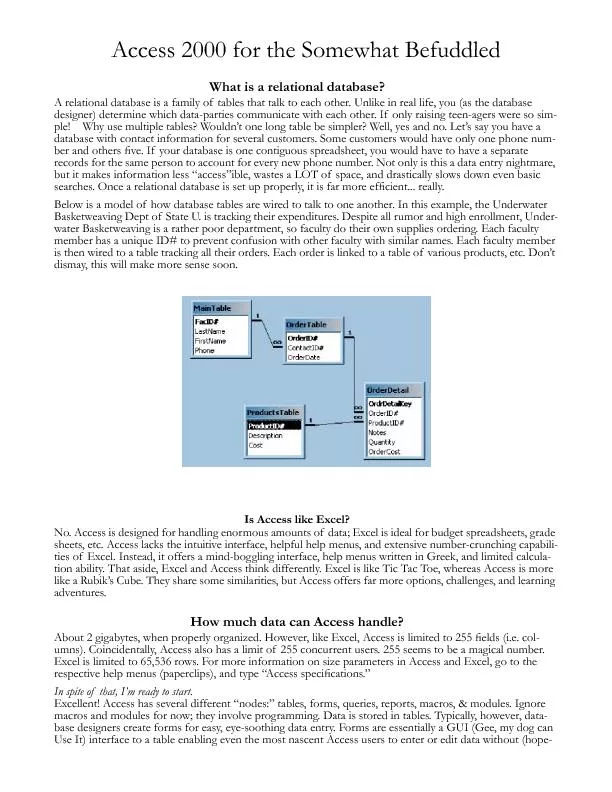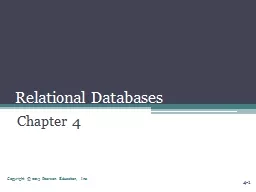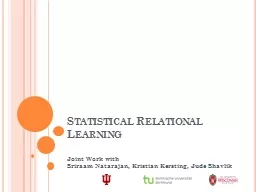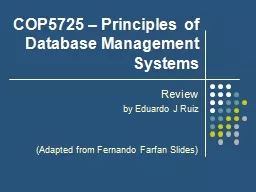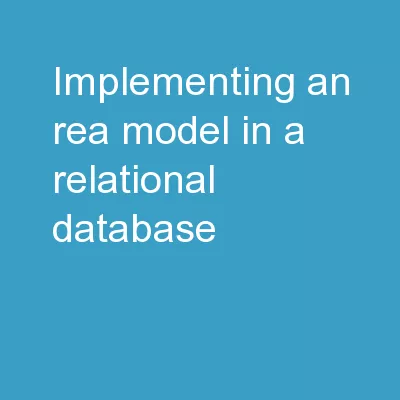PPT-3 Fundamentals of Relational Database Operations
Author : delcy | Published Date : 2023-09-21
1 Emphases 613 1527 32 Query Languages EntityRelationship Modeling Normalization and Joins optional 2 Understand the process of querying a relational database
Presentation Embed Code
Download Presentation
Download Presentation The PPT/PDF document "3 Fundamentals of Relational Database Op..." is the property of its rightful owner. Permission is granted to download and print the materials on this website for personal, non-commercial use only, and to display it on your personal computer provided you do not modify the materials and that you retain all copyright notices contained in the materials. By downloading content from our website, you accept the terms of this agreement.
3 Fundamentals of Relational Database Operations: Transcript
Download Rules Of Document
"3 Fundamentals of Relational Database Operations"The content belongs to its owner. You may download and print it for personal use, without modification, and keep all copyright notices. By downloading, you agree to these terms.
Related Documents

